What Is Monocular Depth Cues ?
Monocular depth cues are visual cues that allow us to perceive depth and distance using only one eye. These cues include linear perspective, which is the convergence of parallel lines as they recede into the distance, as well as relative size, which is the perception that objects that are farther away appear smaller than objects that are closer. Other monocular depth cues include texture gradient, which is the gradual change in texture as objects recede into the distance, and occlusion, which is the partial blocking of one object by another. Monocular depth cues are important for our ability to navigate and interact with our environment, and they are used in a variety of fields, including art, design, and virtual reality.
1、 Linear perspective
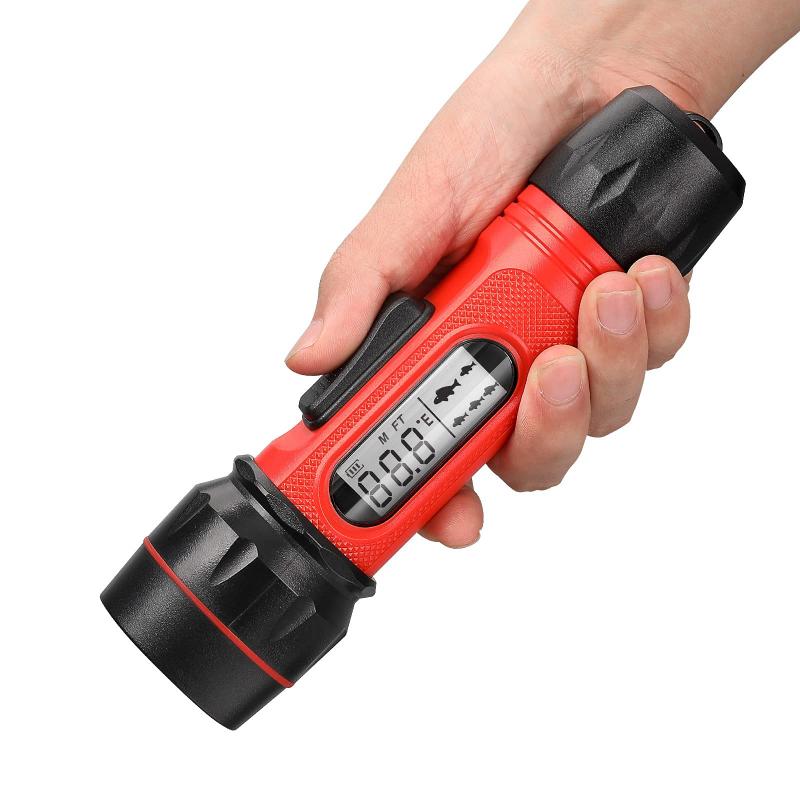
Monocular depth cues refer to the visual cues that allow us to perceive depth and distance using only one eye. One of the most important monocular depth cues is linear perspective. Linear perspective refers to the way that parallel lines appear to converge as they recede into the distance. This cue is particularly useful for judging the relative distance of objects in a scene.
Linear perspective works by creating an illusion of depth through the use of converging lines. When we look at a scene, our brain automatically interprets the way that lines converge to determine the relative distance of objects. This allows us to perceive the depth and distance of objects in the scene, even if we are only using one eye.
Recent research has shown that our perception of linear perspective is influenced by a number of factors, including the size and shape of objects in the scene, the lighting conditions, and the position of the observer. For example, objects that are closer to the observer will appear larger than objects that are further away, and objects that are illuminated from above will appear to have more depth than objects that are illuminated from below.
Overall, linear perspective is an important monocular depth cue that allows us to perceive depth and distance using only one eye. While our perception of linear perspective is influenced by a number of factors, it remains an essential tool for navigating the visual world.
2、 Interposition
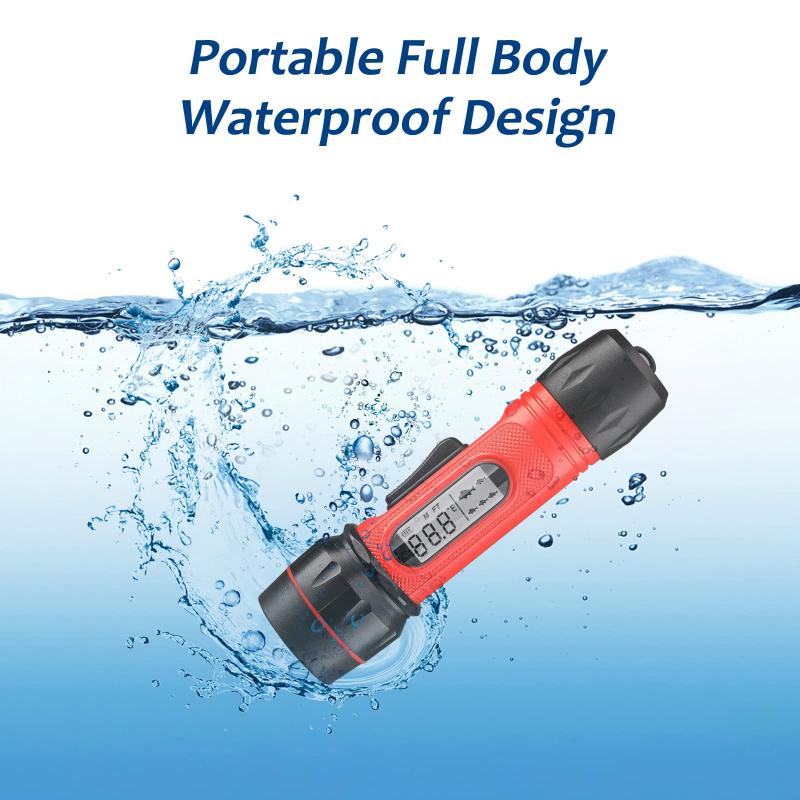
Interposition is one of the monocular depth cues that helps us perceive depth in a two-dimensional image. It occurs when one object partially blocks or covers another object, indicating that the blocked object is farther away. This cue is particularly useful when objects are at different distances from the viewer and overlap in the image.
Interposition is just one of several monocular depth cues that our brains use to create a sense of depth and distance in a scene. Other monocular cues include relative size, texture gradient, linear perspective, and atmospheric perspective. These cues are all based on the way that objects appear in a two-dimensional image, and they help us to perceive depth even when we are only looking at a flat surface.
Recent research has shown that our brains are incredibly adept at using these monocular depth cues to create a sense of three-dimensional space. In fact, some studies suggest that our brains may be able to use these cues to create a sense of depth even when we are looking at completely flat images. This ability is thought to be related to the way that our brains process visual information, and it may help to explain why we are able to perceive depth and distance so easily in everyday life.
3、 Texture gradient
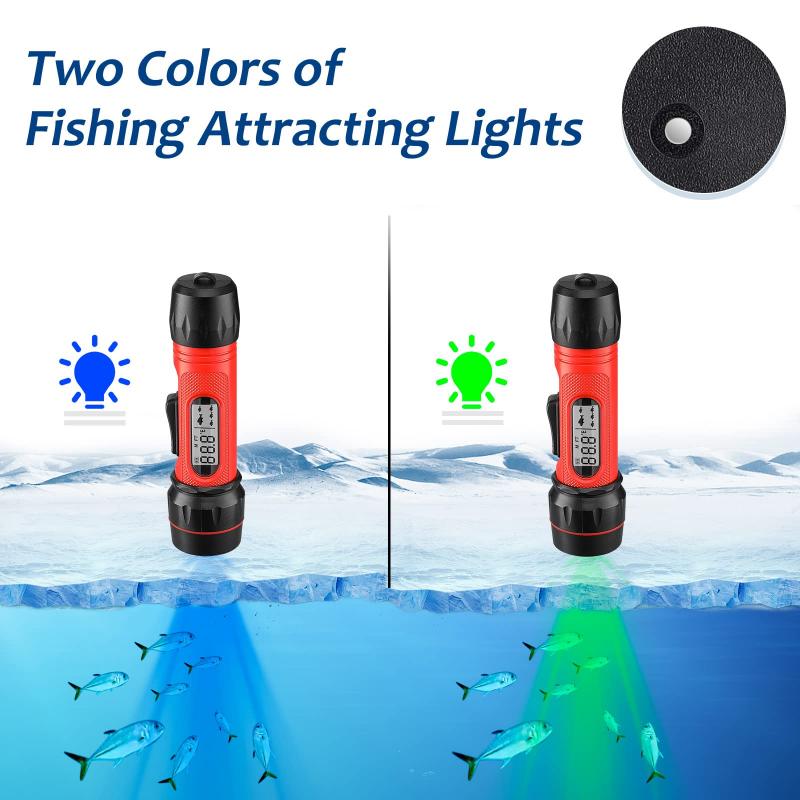
What is monocular depth cues? Monocular depth cues are visual cues that allow us to perceive depth and distance using only one eye. Texture gradient is one of the monocular depth cues that helps us perceive depth and distance by the way textures appear to change as they move further away from us.
Texture gradient refers to the way that the texture of an object appears to change as it moves further away from us. As objects move further away, the texture becomes less detailed and more compressed, which gives us a sense of depth and distance. For example, a field of grass appears to have more detail and texture up close, but as it moves further away, the blades of grass become less distinct and blend together.
Recent research has shown that texture gradient is not only influenced by the physical properties of the object, but also by our expectations and prior knowledge. For example, if we expect a surface to be rough, we may perceive it as having more texture than it actually does. Additionally, our prior knowledge of the size and shape of objects can also influence our perception of texture gradient.
Overall, texture gradient is an important monocular depth cue that helps us perceive depth and distance in our environment. Its influence on our perception is not only based on physical properties, but also on our expectations and prior knowledge.
4、 Relative size
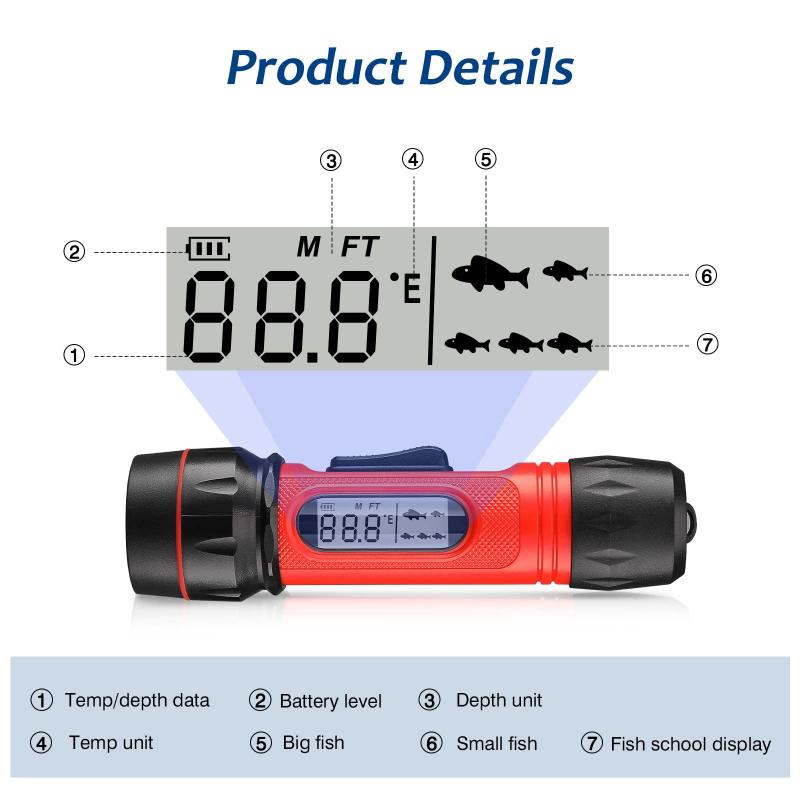
What is monocular depth cues? Monocular depth cues are visual cues that allow us to perceive depth and distance using only one eye. One of the most important monocular depth cues is relative size. This cue refers to the fact that objects that are closer to us appear larger than objects that are farther away. This is because our brain uses the size of an object on our retina to estimate its distance from us.
However, recent research has shown that the relative size cue is not always reliable. For example, if we are looking at two objects that are the same size, but one is farther away, our brain will still perceive the farther object as smaller. This is because our brain also takes into account other cues, such as perspective and texture gradient, to estimate distance.
Furthermore, the relative size cue can be influenced by context and expectations. For example, if we are looking at a group of people, we expect adults to be larger than children. Therefore, even if a child is closer to us than an adult, our brain will still perceive the adult as larger.
In conclusion, while relative size is an important monocular depth cue, it is not always reliable and can be influenced by other cues and context. Our brain uses a combination of monocular and binocular depth cues to create a three-dimensional perception of the world around us.

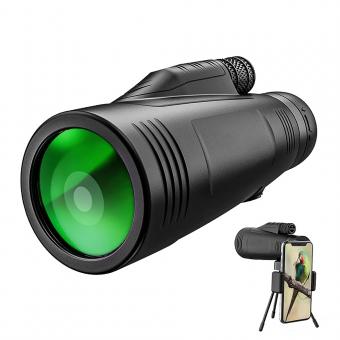
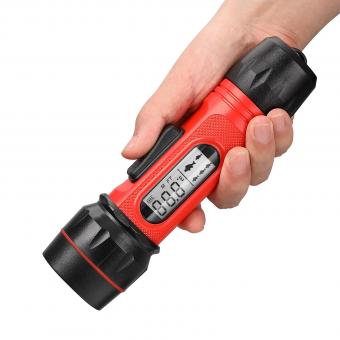

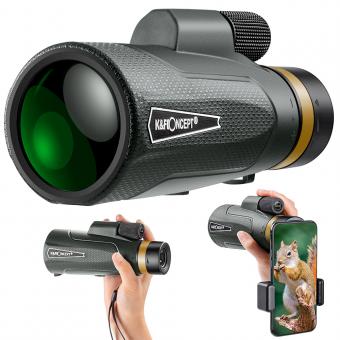

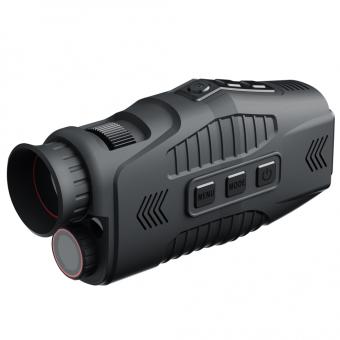


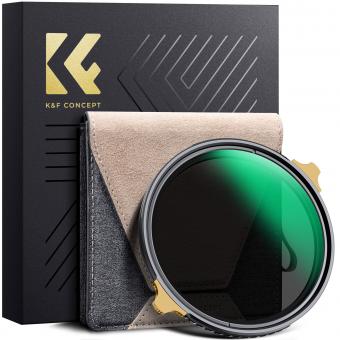
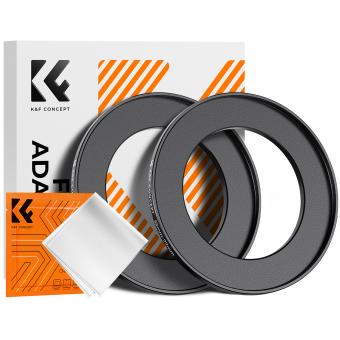


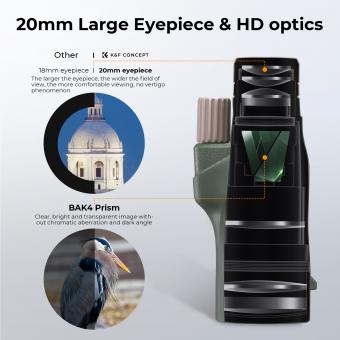
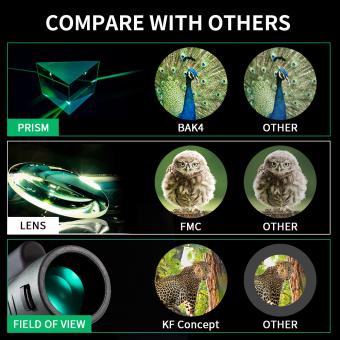
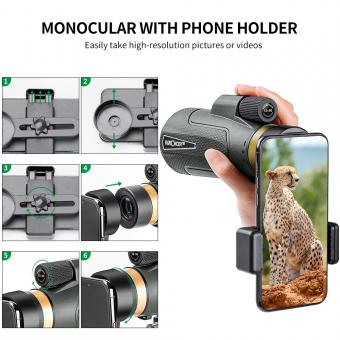
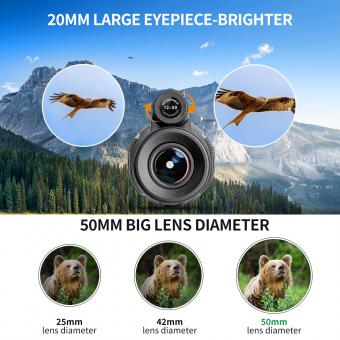





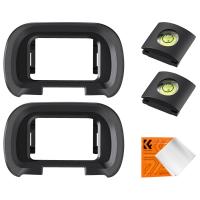
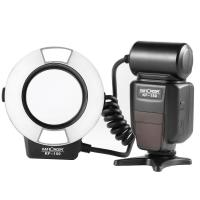
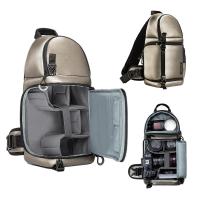


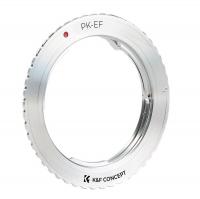
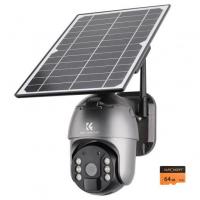



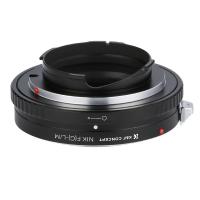
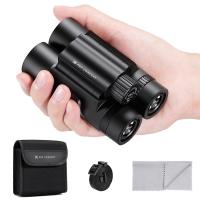
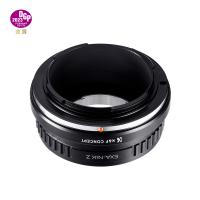
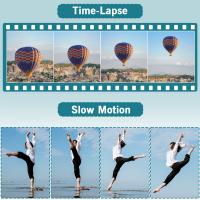
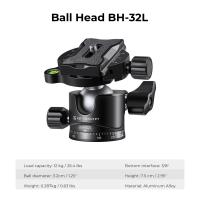

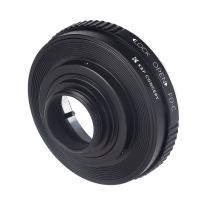

There are no comments for this blog.